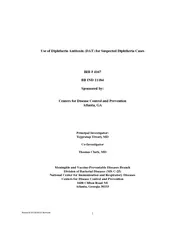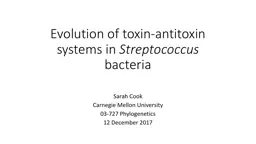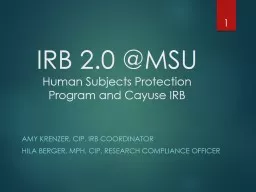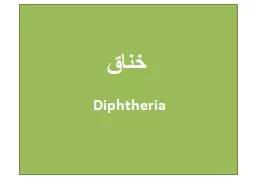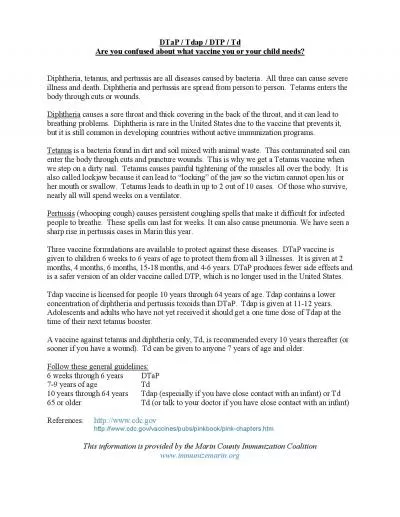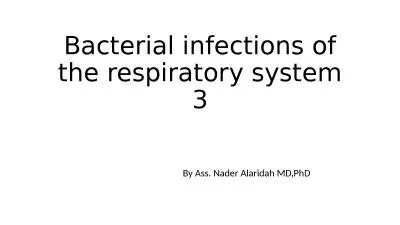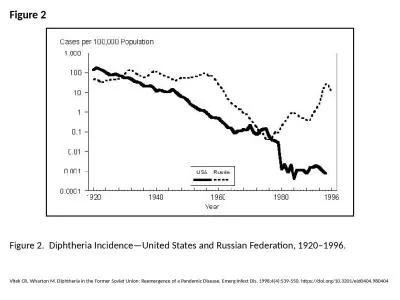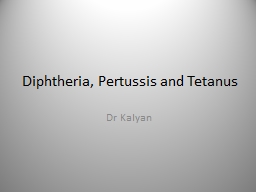PDF-IRB BB IND Sponsored by Use of Diphtheria Antitoxin
Author : pamella-moone | Published Date : 2015-05-30
0 OBJECTIVE 20 BACKGROUND 30 PRODUCT INFORMATION 40 CLINICAL DESIGN 50 ELIGIBILITY Therapeutic use Prophylactic use
Presentation Embed Code
Download Presentation
Download Presentation The PPT/PDF document "IRB BB IND Sponsored by Use of Diphth..." is the property of its rightful owner. Permission is granted to download and print the materials on this website for personal, non-commercial use only, and to display it on your personal computer provided you do not modify the materials and that you retain all copyright notices contained in the materials. By downloading content from our website, you accept the terms of this agreement.
IRB BB IND Sponsored by Use of Diphtheria Antitoxin: Transcript
Download Rules Of Document
"IRB BB IND Sponsored by Use of Diphtheria Antitoxin"The content belongs to its owner. You may download and print it for personal use, without modification, and keep all copyright notices. By downloading, you agree to these terms.
Related Documents

